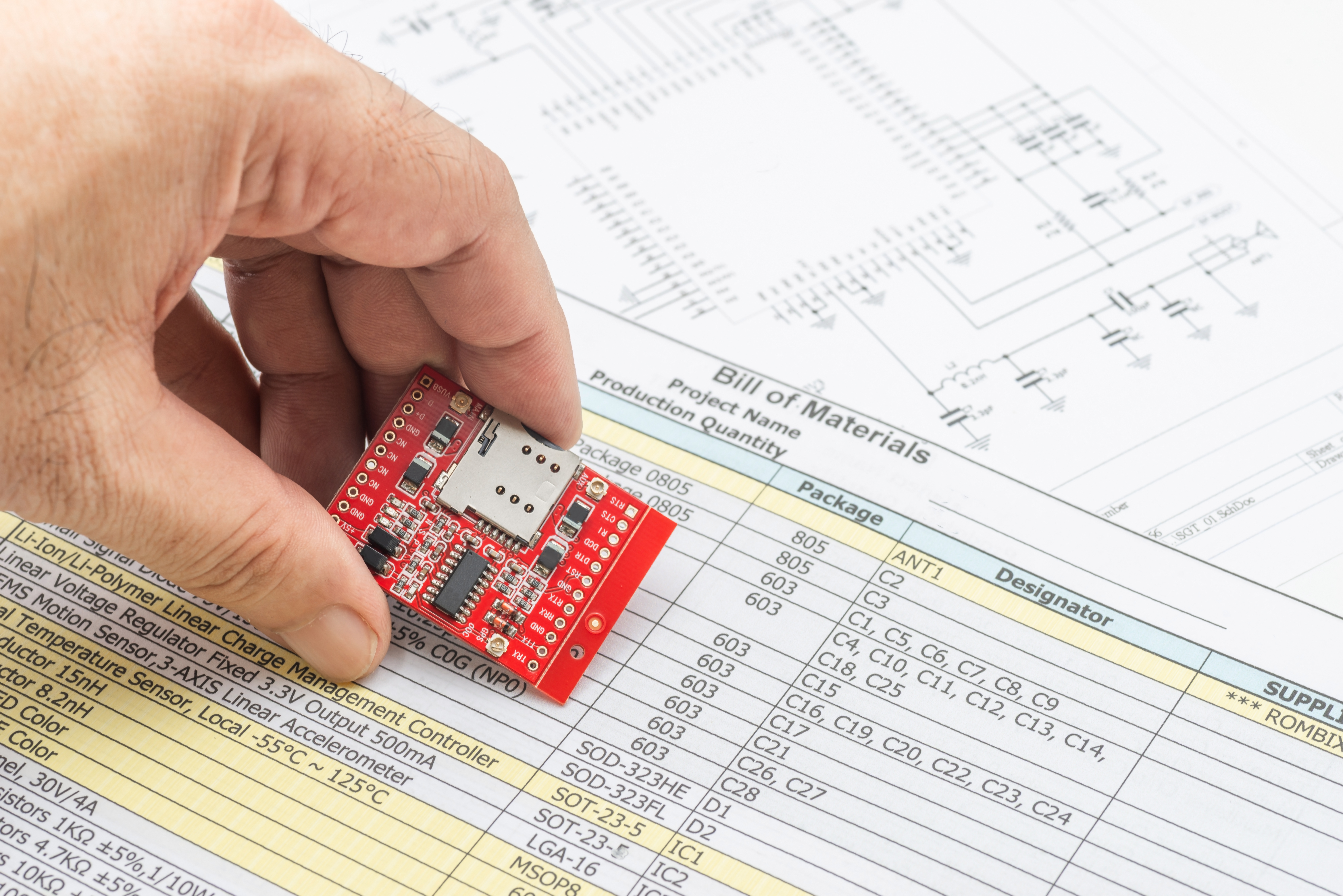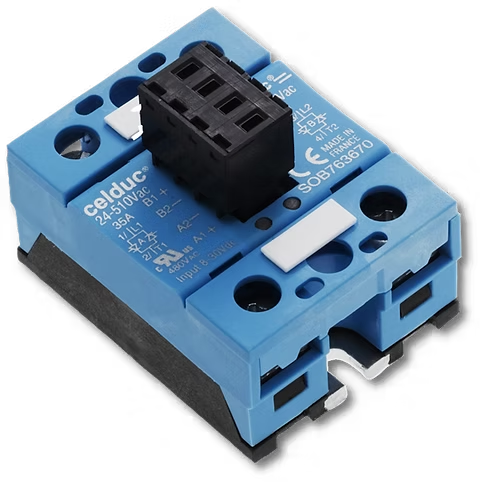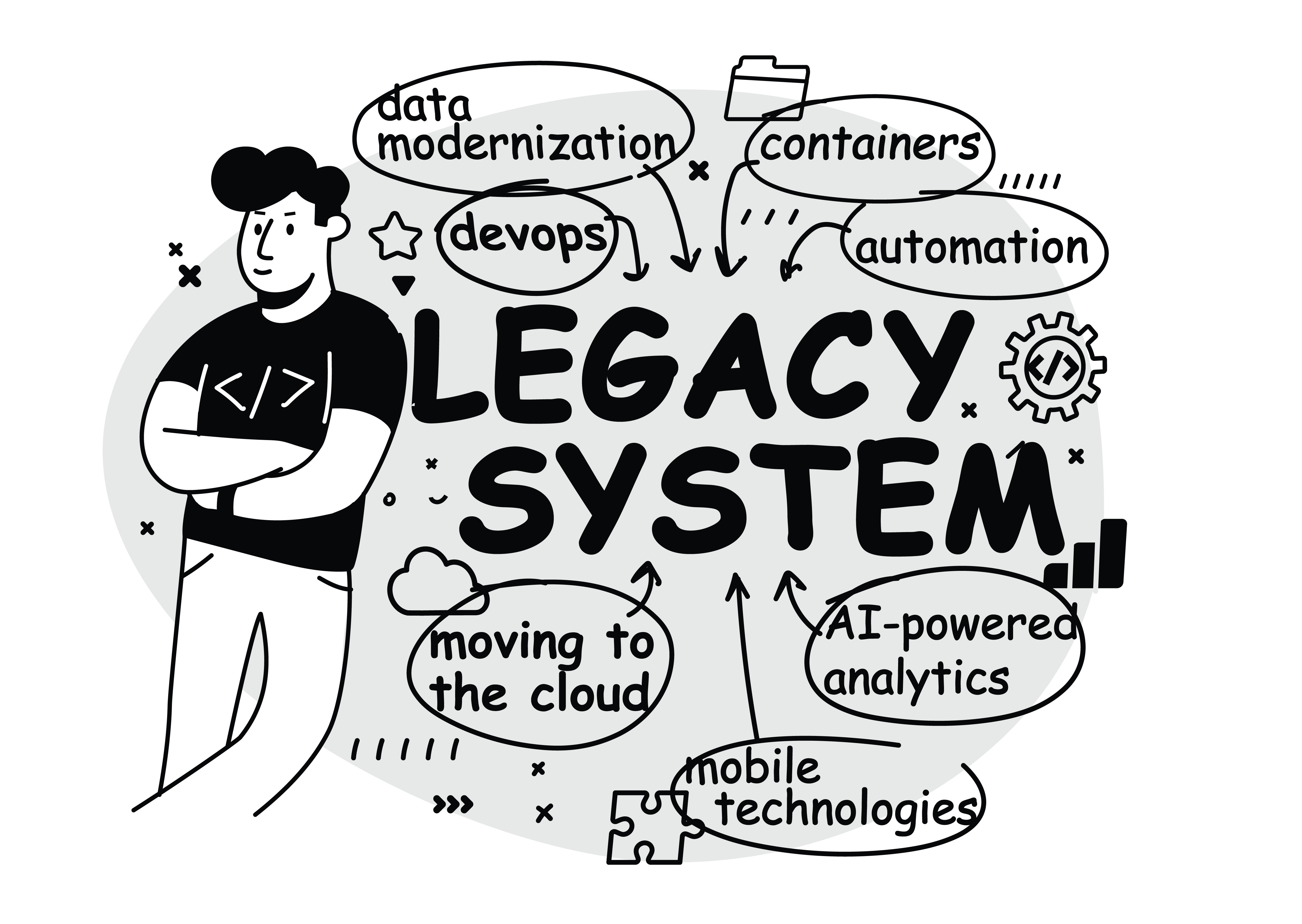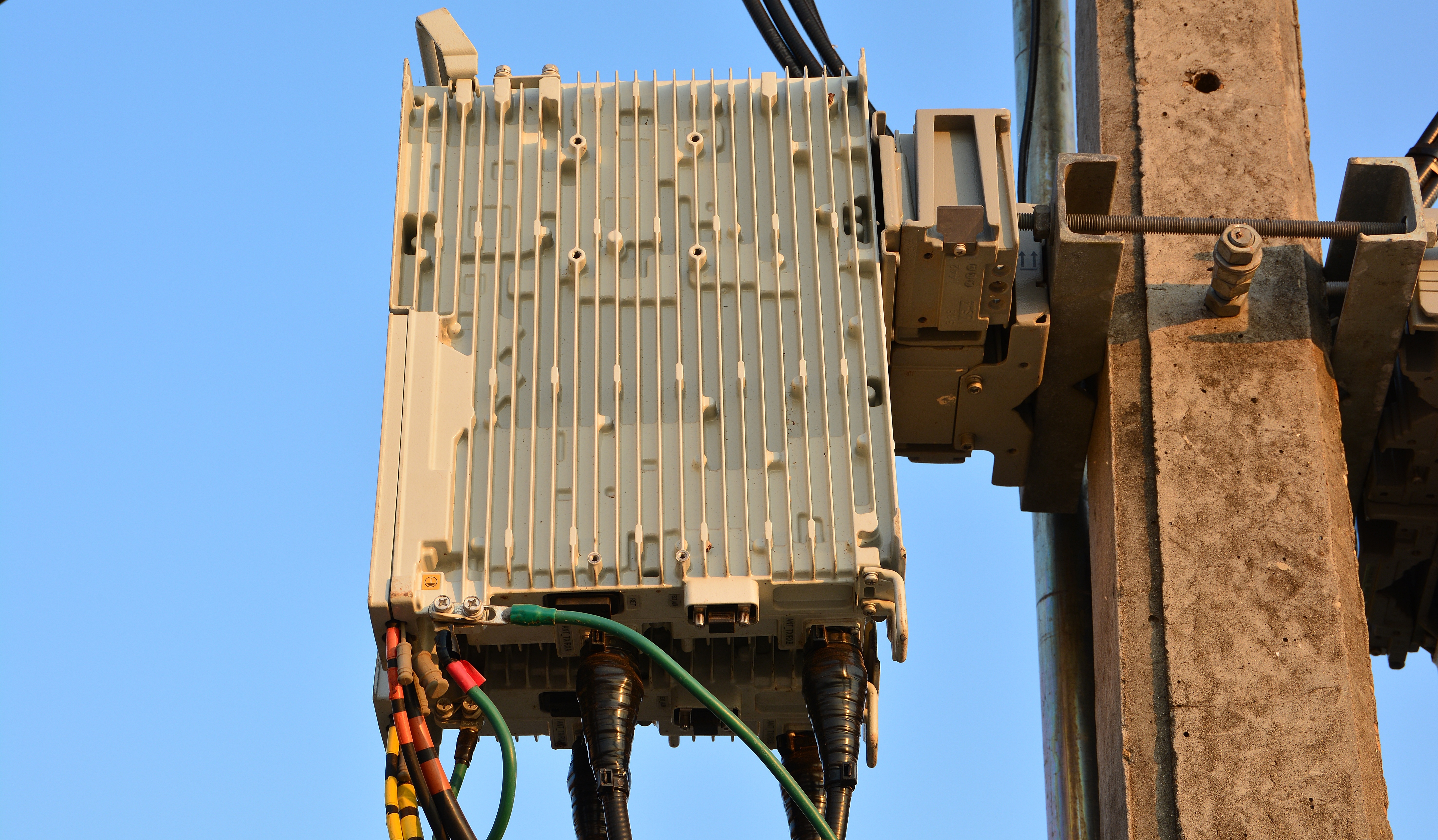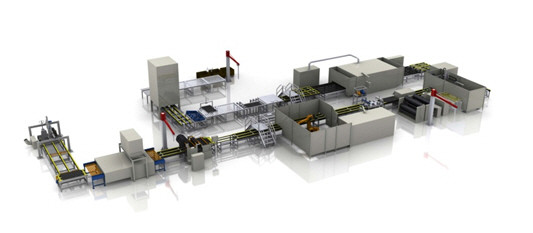Building automation has come a long way since its inception in the 1970s. It has evolved from simple lighting and temperature control systems to complex integrated systems that manage various building functions. With the advancement of technology, building automation has become an essential tool for building owners and managers to save energy, reduce costs, and improve occupant comfort. This blog post will explore the future of building automation and how smart buildings are changing the game. 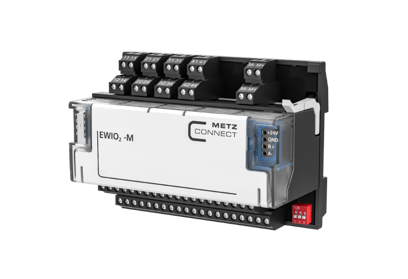
Introduction to Building Automation
Building automation refers to integrating various systems in a building to provide centralized control and monitoring of its functions. These systems include lighting, heating, ventilation, air conditioning (HVAC), security, and access control. The primary goal of building automation is to improve energy efficiency, reduce costs, and enhance occupant comfort and safety.
Building automation systems consist of various components, including sensors, controllers, actuators, and communication networks. These components work together to collect data, analyze it, and adjust the building systems in real time.
The Benefits of Building Automation
Building automation offers several benefits to building owners and managers.
- First, it helps reduce energy consumption and costs by optimizing lighting, HVAC, and other building systems. This results in significant energy savings and lower utility bills.
- Second, building automation improves occupant comfort and productivity by providing a comfortable and safe environment. It also helps ensure building systems function correctly, reducing equipment failure and downtime risk.
- Third, building automation enhances security by providing access control and surveillance systems. This helps prevent unauthorized access to the building and ensures the safety of occupants and assets.
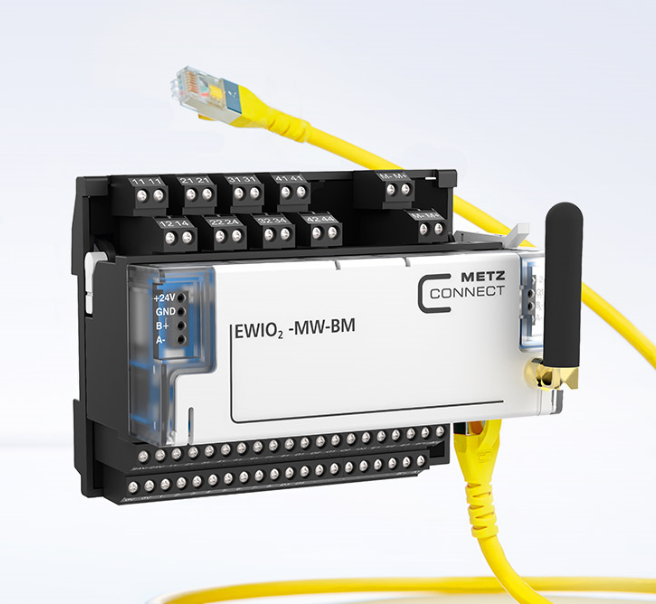
The Evolution of Building Automation Technology
The evolution of building automation technology can be traced back to the 1970s when simple control systems were used to manage lighting and HVAC systems. However, these systems were often proprietary, and integration was limited.
In the 1980s, standard communication protocols were introduced, enabling different building systems to communicate. This allowed for more extensive integration and improved control of building functions.
The 1990s saw the introduction of graphical user interfaces (GUIs), which made building automation systems more user-friendly. This made it easier for building managers to monitor and control building systems.
In the 2000s, building automation systems became more sophisticated with the introduction of intelligent controllers and advanced analytics. These systems could analyze data from multiple sources and make real-time adjustments to building systems.
The Role of IoT in Building Automation
The Internet of Things (IoT) is increasingly important in building automation. IoT devices like sensors and controllers can be integrated into building automation systems to provide real-time data and enhance system performance.
IoT devices can collect and analyze data on occupancy, temperature, humidity, and other building parameters. This data can be used to optimize building systems and improve occupant comfort and energy efficiency.
IoT devices can also monitor equipment performance and detect faults before they lead to equipment failure. This helps reduce maintenance costs and downtime.
The Future of Building Automation - Smart Buildings
The future of building automation lies in intelligent buildings. Smart buildings use advanced automation and IoT technologies to provide occupants with a more connected, sustainable, and efficient environment.
Smart buildings integrate various systems into a centralized platform, including lighting, HVAC, security, and access control. This platform provides real-time data on building performance, occupant behavior, and environmental conditions, allowing for precise control and optimization of building systems.
Smart buildings also utilize advanced analytics and machine learning algorithms to analyze data and make real-time adjustments to building systems. These metrics help reduce energy consumption, improve occupant comfort, and extend the life of building systems.
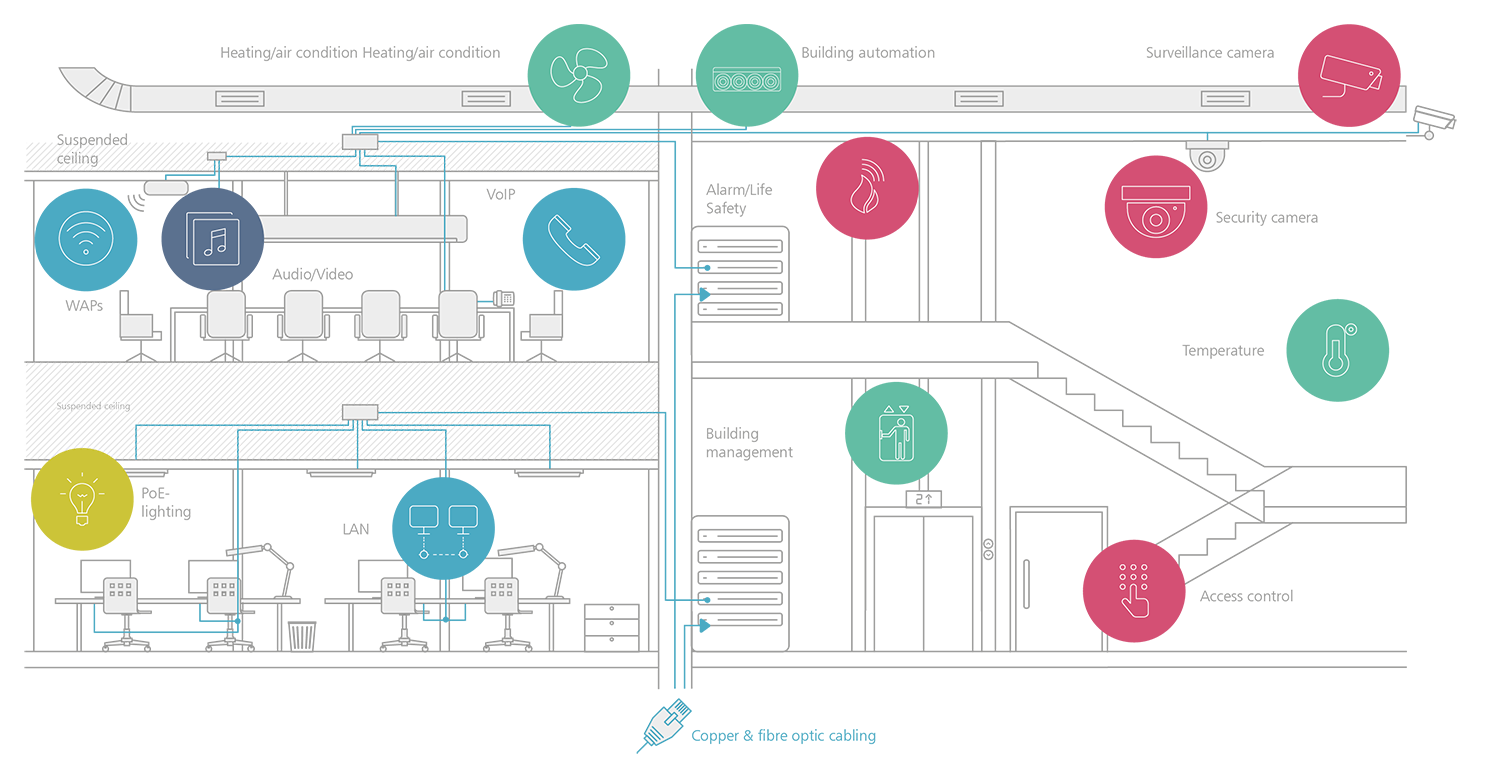
How Smart Buildings Are Changing the Game
Smart buildings are changing the game by providing occupants with a more connected, sustainable, and efficient environment. In addition, they offer several benefits, including:
- Improved energy efficiency and reduced costs
- Enhanced occupant comfort and productivity
- Increased building security and safety
- Reduced maintenance costs and downtime
Smart buildings also provide a competitive advantage for building owners and managers by attracting and retaining tenants who value sustainability and comfort.
Examples of Smart Building Technology
There are several examples of smart building technology that are revolutionizing the way buildings are managed and operated. These include:
- Intelligent lighting systems that automatically adjust lighting levels based on occupancy and daylight levels
- HVAC systems that use real-time data to optimize temperature and humidity levels
- Access control systems that use biometric authentication and facial recognition
- Smart windows that automatically adjust their tint to optimize natural light levels
- Energy management systems that use advanced analytics and predictive maintenance to optimize energy use and reduce costs
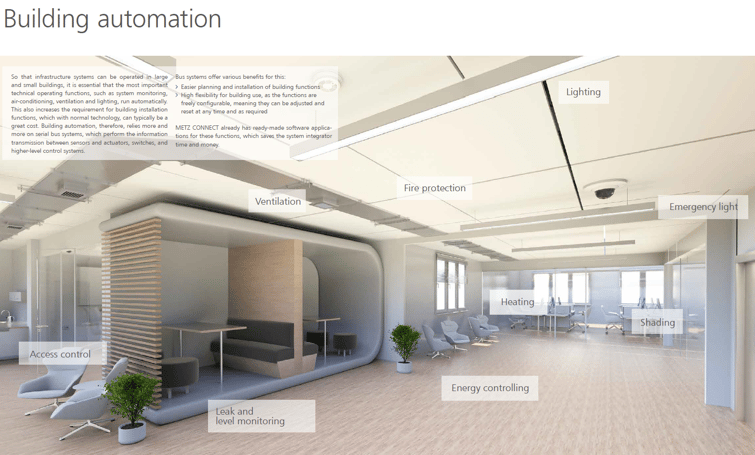
Challenges in Implementing Smart Building Technology
Despite the many benefits of smart building technology, implementing it has several challenges. One of the biggest challenges is the cost of upgrading existing building systems to be compatible with smart building technology.
Another challenge is the complexity of integrating various building systems into a single platform. This requires significant expertise and stakeholder coordination, including building owners, managers, and technology providers.
Finally, there are concerns about data privacy and security. Smart building technology collects and stores vast amounts of data, which must be protected from cyber threats and unauthorized access.
The Impact of Smart Buildings on Sustainability
Smart buildings have a significant impact on sustainability. They help reduce energy consumption and carbon emissions, major contributors to climate change. By optimizing building systems, smart buildings can reduce energy consumption by up to 30%.
Smart buildings promote sustainable recycling, water conservation, and green transportation. In addition, they help raise awareness of sustainability issues and encourage occupants to adopt sustainable behaviors.
Conclusion: The Exciting Future of Building Automation
Building automation has come a long way since its inception in the 1970s. With the advancement of technology, building automation has evolved into smart buildings, which provide a more connected, sustainable, and efficient environment for occupants.
Smart buildings offer several benefits, including improved energy efficiency, enhanced occupant comfort, increased building security, and reduced maintenance costs. They also significantly impact sustainability by reducing energy consumption and promoting sustainable practices.
While there are challenges in implementing smart building technology, the benefits far outweigh the costs. The future of building automation is exciting, and smart buildings are leading the way toward a more sustainable and efficient built environment.
Are you interested in implementing smart building technology in your building? Contact us today to learn more about how we can help you achieve your sustainability and efficiency goals.

